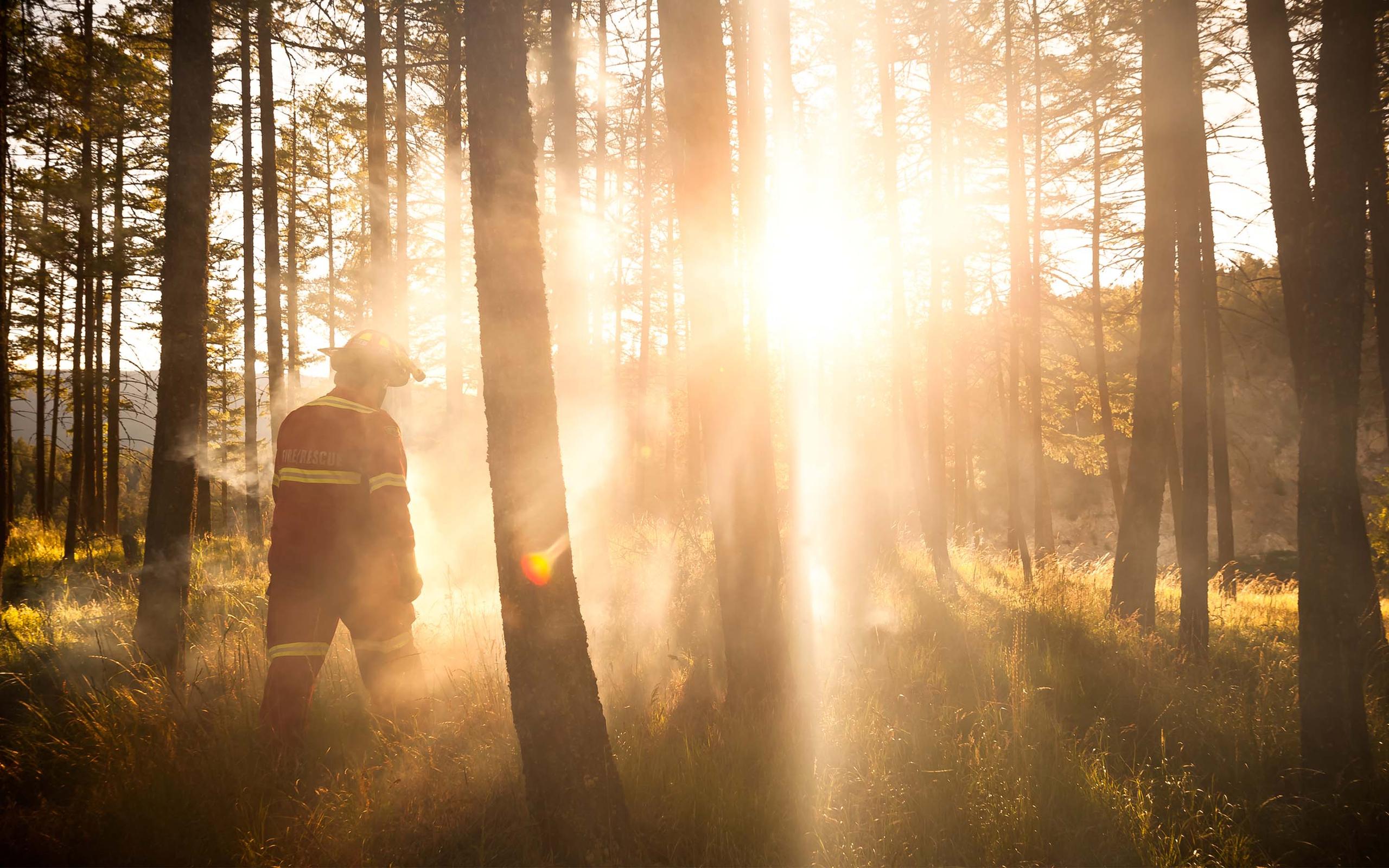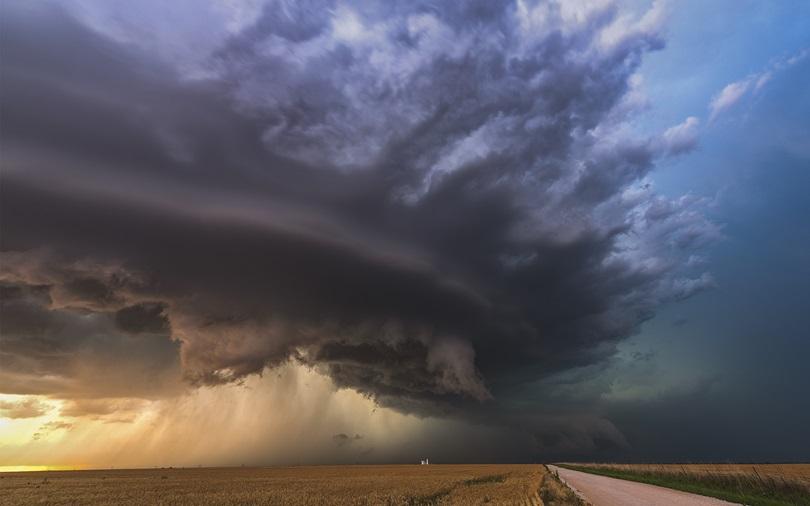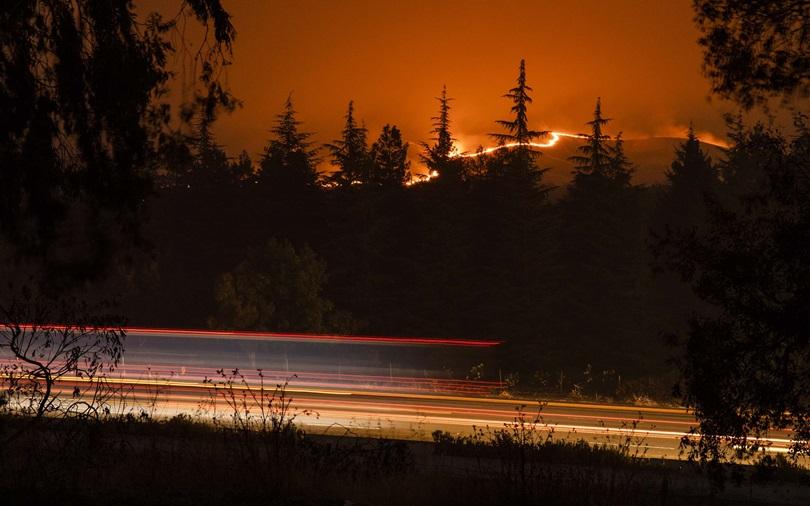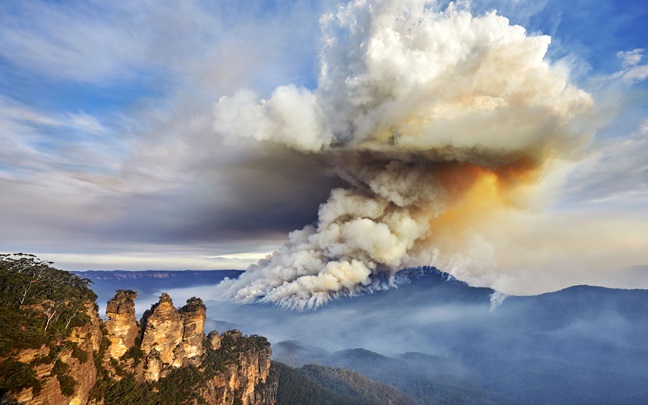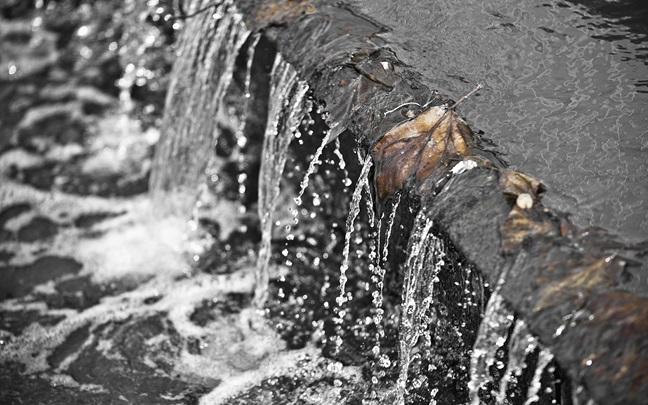Navigating the unpredictable
As the climate changes, extreme weather events are becoming harder to predict. Areas that rarely experienced a natural catastrophe are now increasingly at risk.
When events happen, they tend to be more severe, causing greater physical and financial losses.
Meanwhile non-weather events such as earthquakes, and associated secondary disasters such as tsunamis and landslides, pose a continuing threat in many regions of the world.
It’s important that you understand the current and future natural catastrophe risks your organization faces at key locations, so you can make informed decisions on how to protect your people, assets and balance sheet.
“
Our team of specialists is dedicated to aiding you in comprehending, assessing, mitigating, and transferring your natural catastrophe risks.”
Marc Hindman
| Risk Control and Claim Advocacy Practice Leader
Our team of specialists is dedicated to aiding you in comprehending, assessing, mitigating, and transferring your natural catastrophe risks.
We help to ensure that you have the knowledge you need to safeguard your people, assets, and financial stability against current and future risks at critical locations.
Who we are
Our natural catastrophe team includes specialists in risk consultancy, analytics and modeling, risk engineering, research and alternative risk transfer.
We can help you answer questions such as:
- What type of events is the location or portfolio exposed to?
- How likely is the threat?
- How can we quantify the scale of damage and losses?
- What mitigation will work best to reduce our risks?
- What is the most cost-effective way to insure site-specific perils?
What makes our natural catastrophe team different?

Specialist advice, knowledge and data
Strategic risk consultancy and analytics
Our natural catastrophe risk consultancy services include in-depth risk analysis, hazard and catastrophe modelling, vulnerability assessments and catastrophe engineering loss assessments to help you understand and quantify the hazards you face.
Armed with the right information and cost-benefit analysis, you can see your mitigation, risk management and risk transfer options more clearly.
Model evaluation
Our Model Research and Innovation team can evaluate natural catastrophe models to help you better understand the strengths and limitations of the hazards, vulnerability, exposures and potential financial losses. This can help you develop your own views of risks to make more informed decisions about insurance.
The team can also evaluate a range of factors that can influence natural catastrophe risk, including climate change, natural variability, non-modelled risks, and indirect effects such as social inflation.
Science-based partnerships
The WTW Research Network helps organizations protect their assets by applying scientific thinking to understanding natural catastrophe risk management, risk modeling and resilience planning.
Working with more than 60 partners in science, academia, think tanks, the private sector and dedicated research hubs, we promote best practice research and evidence through advice, thought leadership, focused roundtables and knowledge sharing events.
Data quality
We can help you improve the quality of information in your organization’s schedule of values. Our data cleansing service can enhance geolocation data and building characteristic codes, and clarify how values are apportioned between buildings, contents and business interruption.
This removes uncertainty, makes data easier to analyze and helps achieve better terms from insurers.
Claims advocacy
We provide proactive claims advocacy, using our expertise and knowledge in climate science and risk modeling to effectively negotiate with insurers.
We also have a Forensic Accounting and Complex Claims team who can work with clients and insurers to speed up the loss adjustment process and achieve fair and fast settlement of claims.

Innovative natural catastrophe insurance solutions
Alternative risk transfer
Our Alternative Risk Transfer (ART) specialists structure and place tailor-made risk financing solutions that address some of the limitations of the traditional insurance market. These solutions provide an alternative approach to managing and transferring risks where there is limited or no capacity. They can create stability and create efficiencies in risk financing costs and can provide access to alternative forms of capital.
The six pillars of ART include: captive solutions, portfolio solutions, structured insurance, customised credit and collateral, asset and capital and parametric solutions.
In particular, parametric solutions provide cover for specific weather or natural catastrophe risks. Policies are triggered based on the location and intensity of the covered event or movements in a pre-agreed weather index as opposed to an assessment of the damage or loss sustained by the insured. Claim are calculated based upon objective, independent data without the need for local loss adjustment, so payments are made swiftly, providing liquidity in the aftermath of a disaster. They can be deployed to provide additional natural catastrophe capacity to a property programme, to infill deductibles, cover expenses that are excluded or to cover non-damage business interruption.
Insurance and facultative reinsurance
Our natural catastrophe specialists provide WTW’s property brokers with information and support to create the best placements for natural catastrophe risk, either as standalone cover for individual perils or as part of a global property program.
We also support client programs by helping to reinsure individual layers of risk through our facultative team.

Unique natural catastrophe diagnostic and quantification tools
Climate Diagnostic
Climate Diagnostic can uncover changes in acute hazards such as extreme wind and flood, as well as chronic stress factors like sea level rise and heat stress, to help you visualize how those changes could affect specific properties allowing you to plan effective risk management strategies.
Global Peril Diagnostic
Global Peril Diagnostic shows your organization’s exposure to natural catastrophe perils, generating a hazard score for individual locations to help you understand site-specific risk levels. It also includes live event tracking and alerts to make sure you are up to date with the latest threats.
Property Quantified
Property Quantified models potential losses from natural catastrophe perils based on information such as engineering reports, loss history and the causes of natural catastrophe losses. It can quantify losses by peril, geography and location and analyze insurance options to help you make more informed risk transfer decisions.
Get in touch
Talk to our specialists to discover a smarter way to assess, mitigate, or transfer your natural catastrophe risks. Get in touch with our specialists listed at the top of this page.
Disclaimer
WTW hopes you found the general information provided here informative and helpful. The information contained herein is not intended to constitute legal or other professional advice and should not be relied upon in lieu of consultation with your own legal advisors. In the event you would like more information regarding your insurance coverage, please do not hesitate to reach out to us. In North America, WTW offers insurance products through licensed entities, including Willis Towers Watson Northeast, Inc. (in the United States) and Willis Canada Inc. (in Canada).


